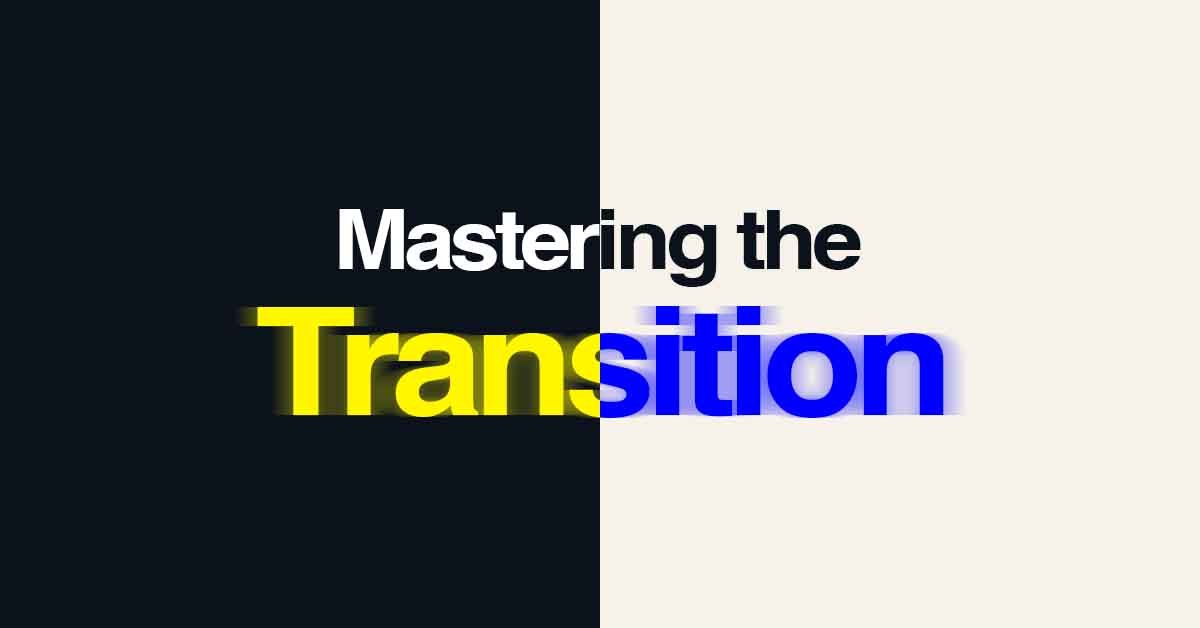Outline
- Introduction to the transition from digital to physical design
- Understanding the differences between digital and print design
- Importance of resolution and color space in print design
- Typography considerations for print design
- Layout and composition tips for print design
- Preparing files for print: resolution, bleed, and trim
- Selecting the right paper stock and finishes
- Printing techniques and technologies
- Quality control and proofing in print design
- Environmental considerations in print design
- Challenges and common pitfalls in transitioning from digital to print
- Tools and resources for mastering print design
- Case studies of successful print design projects
- Future trends in print design
- Conclusion: Embracing the journey from pixels to print
From Pixels to Print: Mastering the Transition from Digital to Physical Design
In today’s digital age, designers often find themselves immersed in the realm of pixels and screens. However, as digital design continues to evolve, there remains a timeless allure to the tangible nature of print. Transitioning from digital to physical design requires a nuanced understanding of various principles and practices to ensure a seamless journey. Let’s delve into the intricacies of mastering this transition.
Introduction to the transition from digital to physical design
The journey from pixels to print encompasses a shift in mindset, tools, and techniques. While digital design offers flexibility and immediacy, print design demands precision and attention to detail.
Understanding the differences between digital and print design
Digital design thrives on the dynamic nature of screens, allowing for interactive experiences and rapid iterations. In contrast, print design necessitates consideration of fixed dimensions and tangible substrates.
Importance of resolution and color space in print design
Resolution plays a pivotal role in print design, determining the clarity and sharpness of images. Additionally, understanding color spaces like CMYK versus RGB is crucial for achieving accurate color reproduction in print.
Typography considerations for print design
Typography takes on heightened significance in print design, as legibility and readability are paramount. Selecting appropriate typefaces and mastering kerning, leading, and tracking are essential skills for print designers.
Layout and composition tips for print design
Effective layout and composition are fundamental to print design, guiding the viewer’s eye and conveying the intended message. Principles such as hierarchy, balance, and contrast contribute to cohesive and visually compelling designs.
Preparing files for print: resolution, bleed, and trim
Preparing print-ready files entails optimizing resolution for crisp output, incorporating bleed to accommodate trimming, and ensuring proper margins for a polished final product.
Selecting the right paper stock and finishes
The choice of paper stock and finishes can greatly influence the look and feel of a printed piece. Factors such as weight, texture, and coatings should align with the project’s aesthetic and functional requirements.
Printing techniques and technologies
Advancements in printing technologies offer a myriad of options for bringing designs to life. From offset and digital printing to specialty processes like letterpress and foil stamping, each technique offers unique possibilities for creative expression.
Quality control and proofing in print design
Quality control is essential in print design to detect and rectify errors before production. Utilizing proofing methods such as digital proofs and press checks ensures accuracy and consistency throughout the printing process.
Environmental considerations in print design
Sustainability is an increasingly important aspect of print design, prompting designers to explore eco-friendly materials and practices. Minimizing waste, utilizing recycled paper, and opting for energy-efficient printing methods are key considerations.
Challenges and common pitfalls in transitioning from digital to print
Navigating the transition from digital to print design presents challenges such as color accuracy discrepancies and unexpected output variations. Understanding these challenges and implementing best practices can mitigate potential pitfalls.
Tools and resources for mastering print design
A plethora of tools and resources are available to aid designers in mastering the intricacies of print design. From software platforms like Adobe InDesign to online tutorials and forums, continuous learning is essential for growth in this field.
Case studies of successful print design projects
Examining real-world examples of print design projects provides valuable insights into effective strategies and innovative approaches. Case studies highlight the importance of creativity, collaboration, and attention to detail in achieving successful outcomes.
Future trends in print design
As technology continues to advance, print design is poised to evolve in exciting ways. Trends such as augmented reality integration, sustainable printing practices, and personalized packaging are shaping the future of print design.
Conclusion: Embracing the journey from pixels to print
Mastering the transition from digital to physical design is a multifaceted endeavor that requires adaptability, creativity, and a deep understanding of both mediums. By embracing the unique challenges and opportunities of print design, designers can unleash their creativity and leave a lasting impact in the tangible world.
FAQs
- Is print design still relevant in the digital age?
- Despite the prevalence of digital media, print design continues to hold significance for branding, marketing, and tangible experiences.
- How can I ensure color accuracy in print design?
- Utilizing calibrated monitors, color management tools, and proofing methods can help achieve accurate color reproduction in print.
- What are some eco-friendly practices in print design?
- Eco-friendly practices include using recycled paper, minimizing waste through efficient production processes, and opting for sustainable printing technologies.
- What role does typography play in print design?
- Typography is essential in print design for conveying information, establishing hierarchy, and evoking emotions through typefaces, spacing, and layout.
- How can I stay updated on the latest trends in print design?
- Keeping abreast of industry publications, attending design conferences, and engaging with online communities can help designers stay informed about emerging trends in print design.
